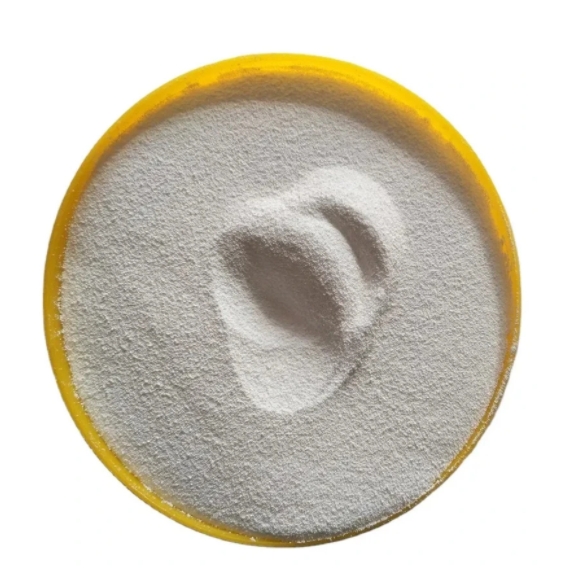| EDTA CAS 6381-92-6 |
| |
 |
| |
EDTAWhite odorless, tasteless, colorless crystalline powder, melting point 250oC (decomposition). Insoluble in ethanol and general organic solvents, slightly soluble in cold water, soluble in aqueous solutions of sodium h ydroxide, sodium carbonate and ammoni a. Soluble in more than 5% inorganic acid, also soluble in ammoni a and 160 parts boiling water. Its alkali salts are soluble in water.
EDTA is a chemical that is used as a food preservative that is commonly found in salad dressings, sauces, spreads, canned goods, and beverages. (Food production licence approved for food-grade quality.)
It is also present as a preservative in soaps, shampoos, and cosmetics. (Industrial grade quality.)
It is both odourless and colourless and works to preserve foods and creams by binding with various minerals and metals.
Disodium EDTA and Calcium Disodium EDTA are often confused for each other, but they are very different chemicals despite the fact that both are commonly referred to as simply EDTA. It is extremely important not to get the two mixed up.
Product: EDTA (Ethylene Diamine Tetraacetic Acid, EDTA Acid, Editic Acid)
Molecular Formula: C10H16N2O8
CAS NO.:60-00-4
Molecular Weight:M=292.2
Feature: EDTA is a white crystal powder,insoluble in common organic solvents,soluble in boiling water 160 times as much and in alkali solvents like so dium hy droxide. At 150¡ãC, it shows the tendency to depart from carboxyl.
Melting point: 240¡ãC(decomposition)
Dissolving degree in water: 0.5g/L(25¡ãC).
|
Item
|
Standard(Industrial Grade)
|
Standard (Food/Pharm.Grade)
|
|
Appearance
|
White crystalline powder
|
White crystalline powder
|
|
Purity %
|
99.0 min.
|
99.5 min.
|
|
Chelation Value PH=11
|
267mgCaCO3/g
|
267mgCaCO3/g
|
|
PH (5% aqueous solution)
|
4-5
|
4-5
|
|
Heavy Metal (Pb)%
|
¡Ü0.01
|
¡Ü0.001
|
|
Copper (Cu)%
|
¡Ü 0.025
|
¡Ü 0.0025
|
|
Iron (Fe)%
|
¡Ü 0.01
|
¡Ü0.001
|
|
Chloride (Cl)%
|
¡Ü0.01
|
¡Ü0.001
|
|
Clarity
|
Transparent
|
Transparent
|
|
Loss on drying %¡Ü
|
8-10
|
8-10
|
|
|
